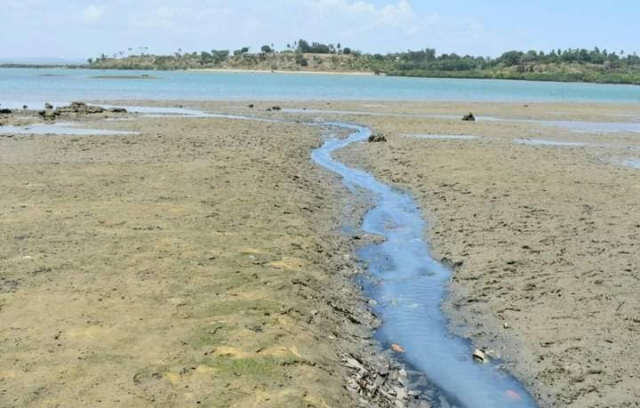Project Summary
Although coastal ecosystems provide critical goods and services that are essential for human well-being, their existence is threatened globally by excessive supply of nutrients and organic matter resulting from increasing population and intensified coastal development. The enrichment could change coastal water chemistry and favour harmful algal blooms (HABs) development.
This study aims at examining the sources and quantifying fluxes of nutrients and their effects on phytoplankton community structure and occurrences of HABs. It will be conducted in Mombasa, Kenya, a coastal city surrounded by ecologically, economically and culturally important habitats but experiencing nutrient pollution and other pressures from diverse human activities. We will test the hypothesis that “increasing HABs development in Mombasa is as a result of nutrient inputs from agriculture, sewage, ballast water, industrial and tourism activities resulting from increasing coastal development”.
NOMIHAB will integrate remote sensing and in situ data, laboratory analysis and application of models. We will detect, quantify and evaluate temporal and spatial variation of dissolved nutrients fluxes (speciation, limitation and molar concentrations of N: P: Si) and HABs species diversity and abundance.
We will also evaluate how future changes in coastal development will affect water quality and the occurrence of HABs in the nearshore coastal waters around Mombasa.
NOMIHAB will provide information that can motivate and inform policy based mitigation actions towards nutrient pollution and HABs management to protect valuable natural resources, ensure resilience of coastal systems, public health safety, secure food and local livelihoods. Moreover, it will form part of the vital baseline information, which can be compared with other ongoing and future environmental risk assessment and pollution monitoring related studies in the region.





